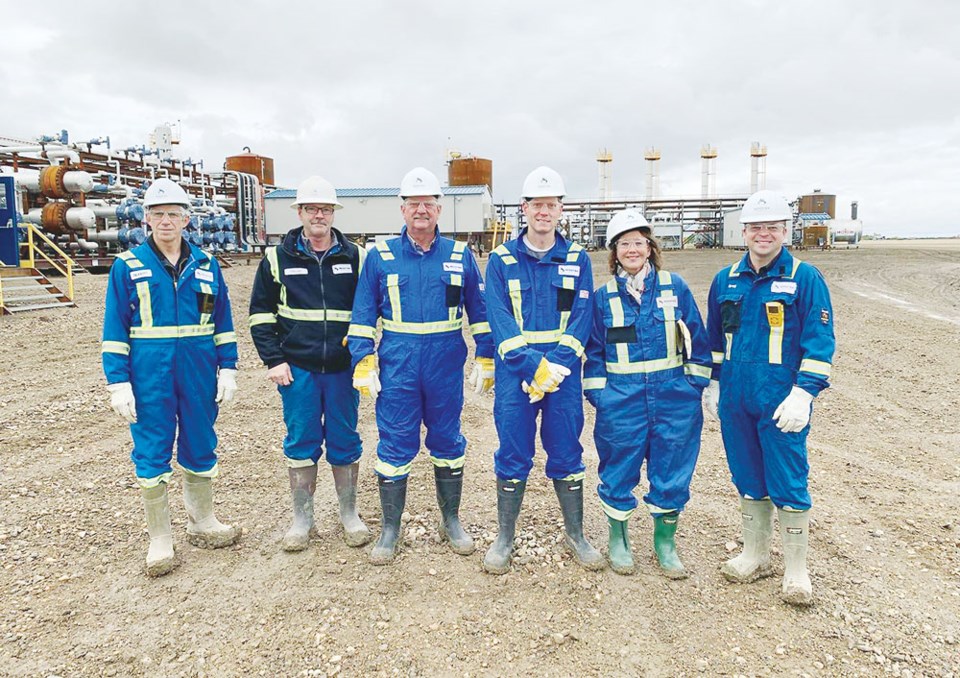If there’s one thing lots of rain and snow will do in the fall, it’s shut down drilling rigs. And that’s exactly what’s been happening.
On the first day of October, Saskatchewan had only 28 drilling rigs active, according to Rig Locator (riglocator.ca). That made for a 25 per cent utilization rate.
It didn’t take much to get on the national leader board. Having just three rigs going put companies in a broad tie for fifth place. Crescent Point Energy Corp. was tied for first place with Tourmaline Oil Corp. nationwide, with just eight rigs working each. Baytex Energy Corp. was in third with five rigs across the country.Ìý
From late July this year, Saskatchewan has ranged from 42 to 49 then down to 36 and now 28. For perspective, in 2011, Saskatchewan was running over 100 rigs during that same period, and around 80 in 2012.
Thirteen rigs were working in southeast Saskatchewan on Oct. 1, plus one rig each at Esterhazy and Kronau working on potash projects. Just one rig was working in southwest Saskatchewan. Eight rigs were working in west central Saskatchewan, with a cluster of three working in close proximity, southwest of Kerrobert. Four rigs were working in northwest Saskatchewan, and notably, only one was working for Husky.
Serafina Energy Ltd. had one rig working near Meota. The company hosted Saskatchewan Minister of Energy and Resources Bronwyn Eyre on a tour of their facilities in the area on Sept. 27.
The big story, however, is how depressed both Alberta and British Columbia’s rig counts have been since the end of spring breakup.
Alberta’s rig count, currently at 93, hasn’t cracked triple digits since mid-March. Since late July it’s been hovering in the 90s, whereas the last two years saw the same period hovering around 150. And even then, those are down significantly from the pace five years ago.
British Columbia is even worse. Typically drilling there drops during spring breakup, but then picks up for the summer and fall. Instead, this year has seen a continual downward trend reaching back all the way to Feb. 1. Since the end of July it has seen between seven and 13 rigs working, currently sitting at 10. At the same time in 2018, that number was 17, and a year before that, it was 27.
Ìý
Ìý




